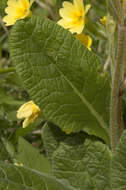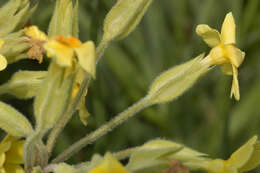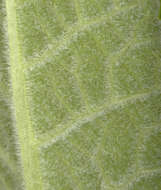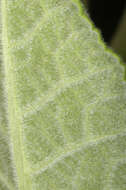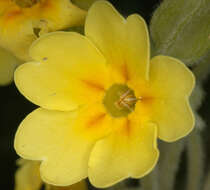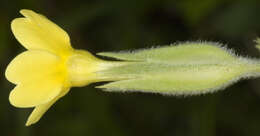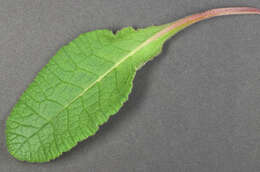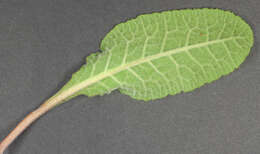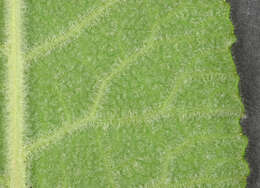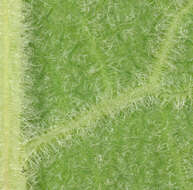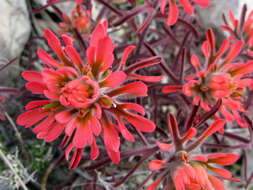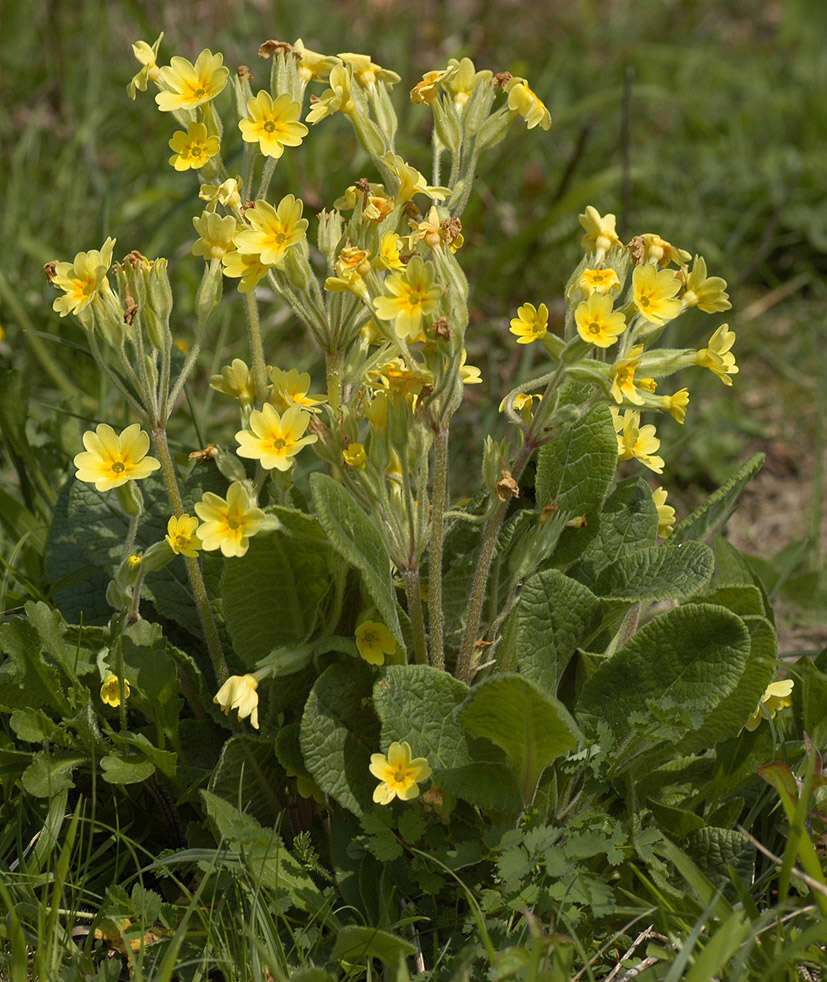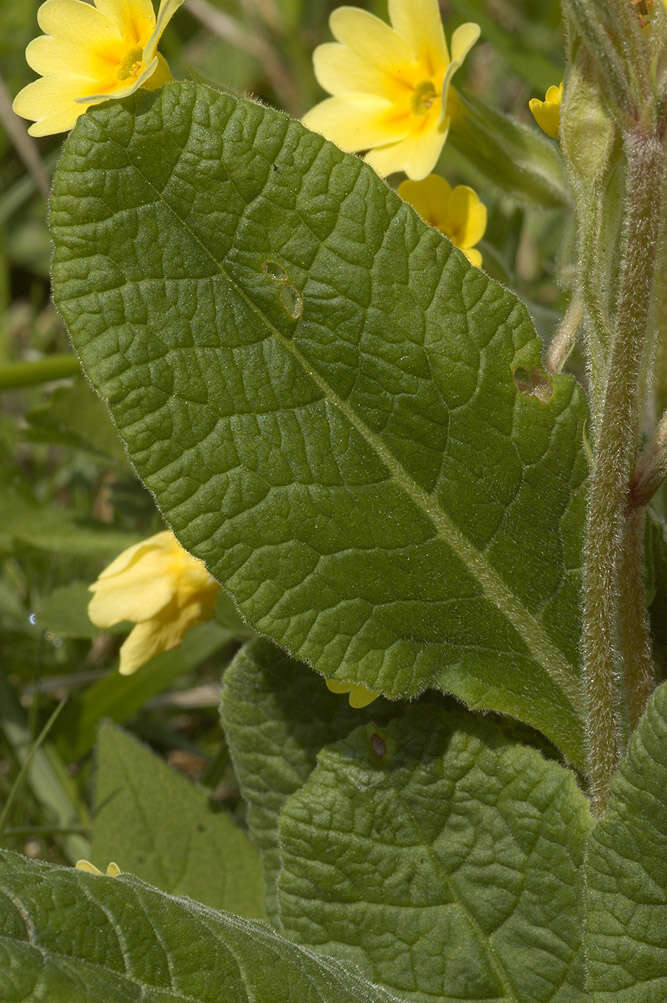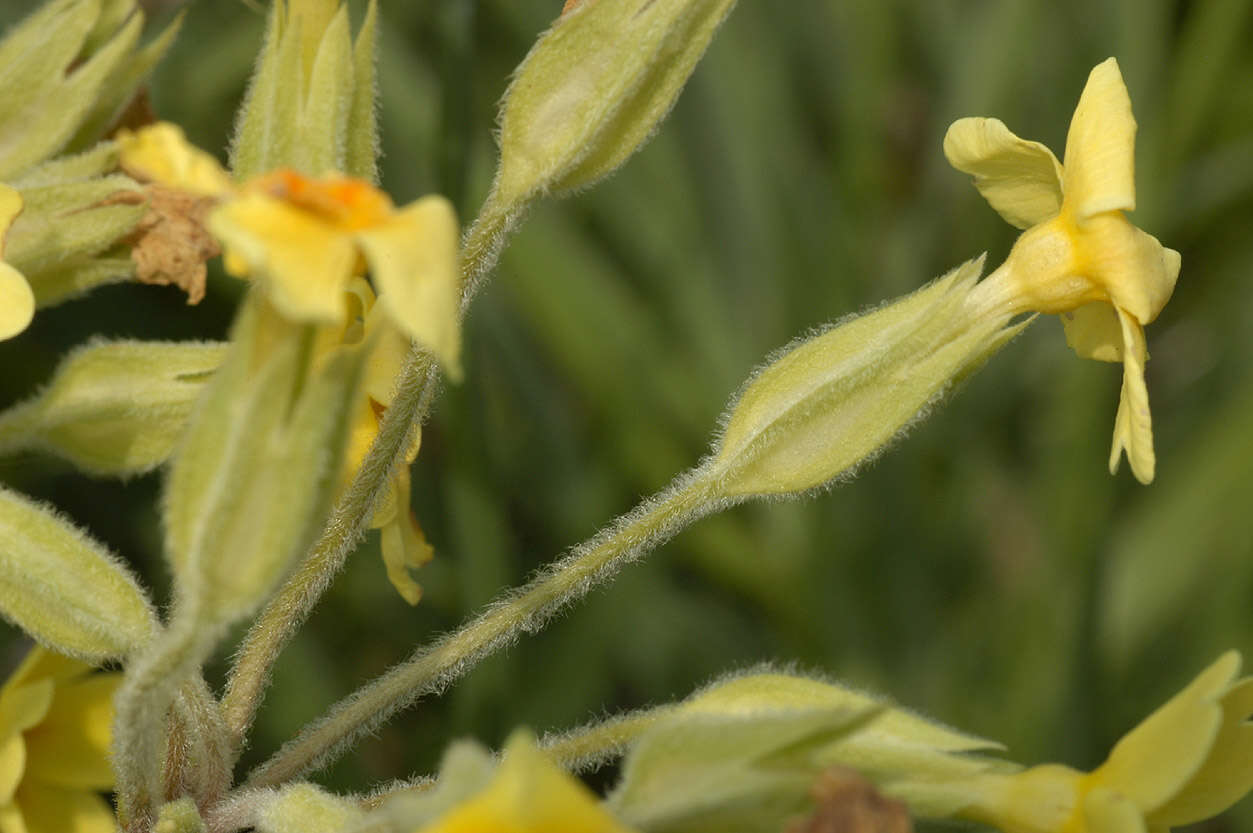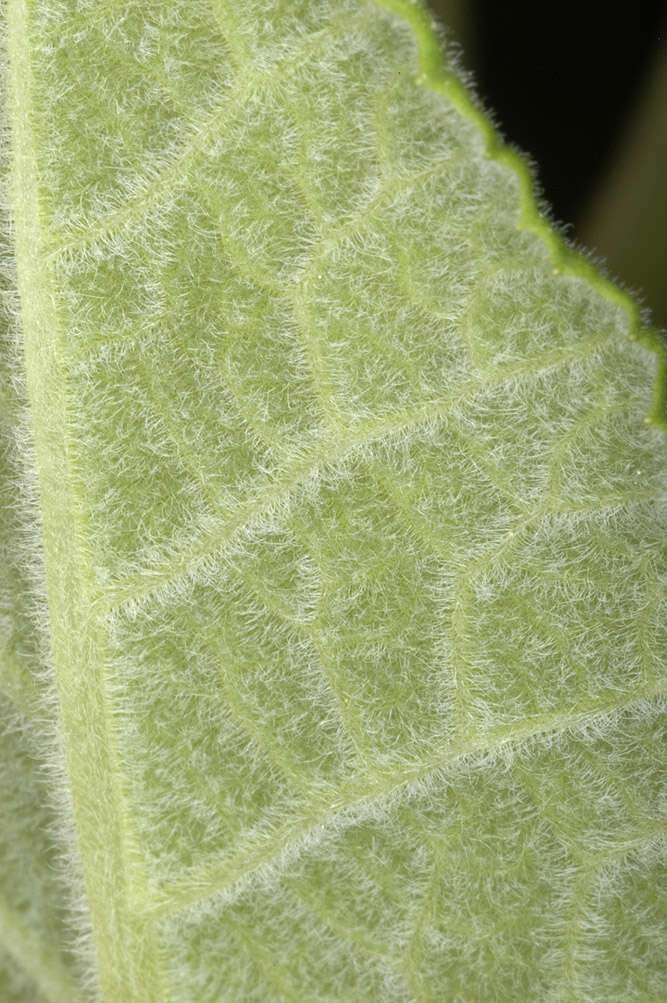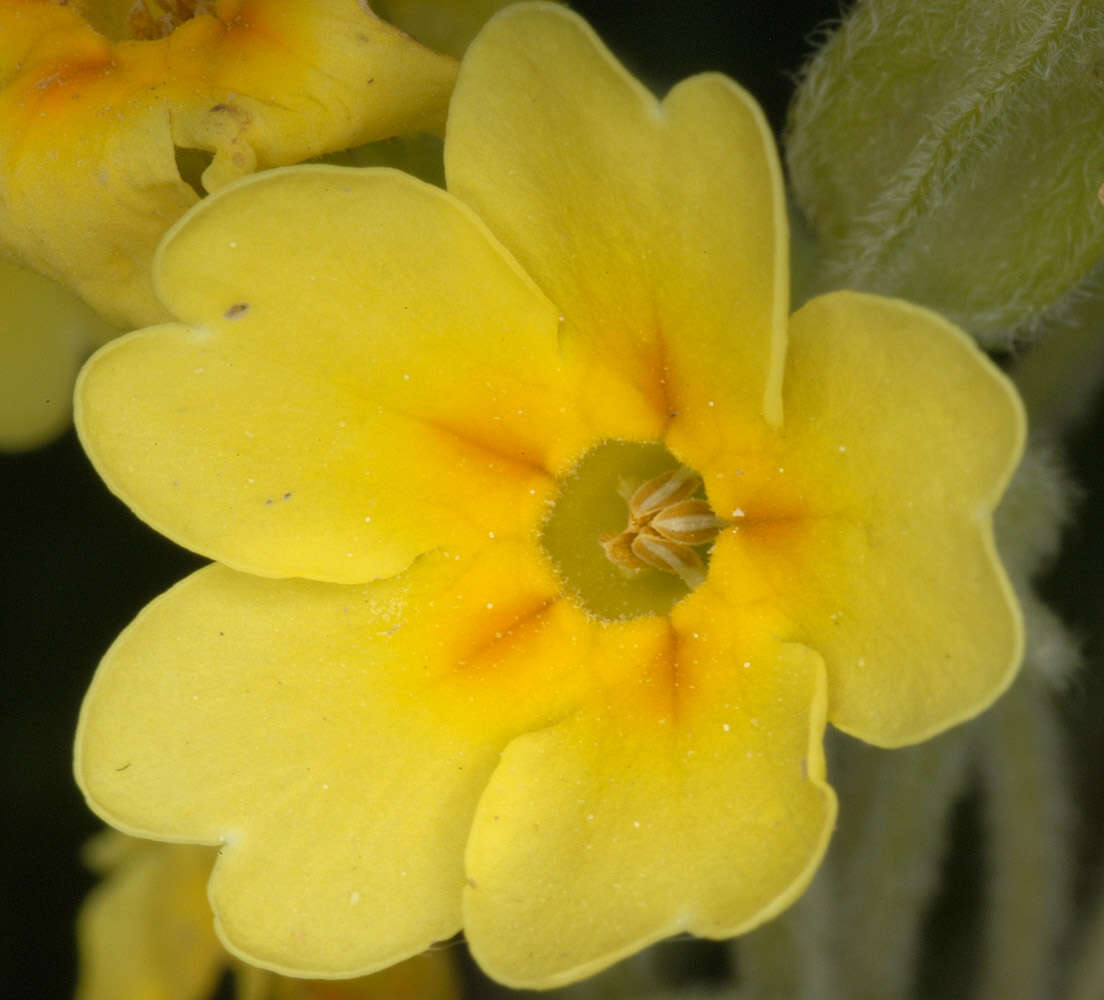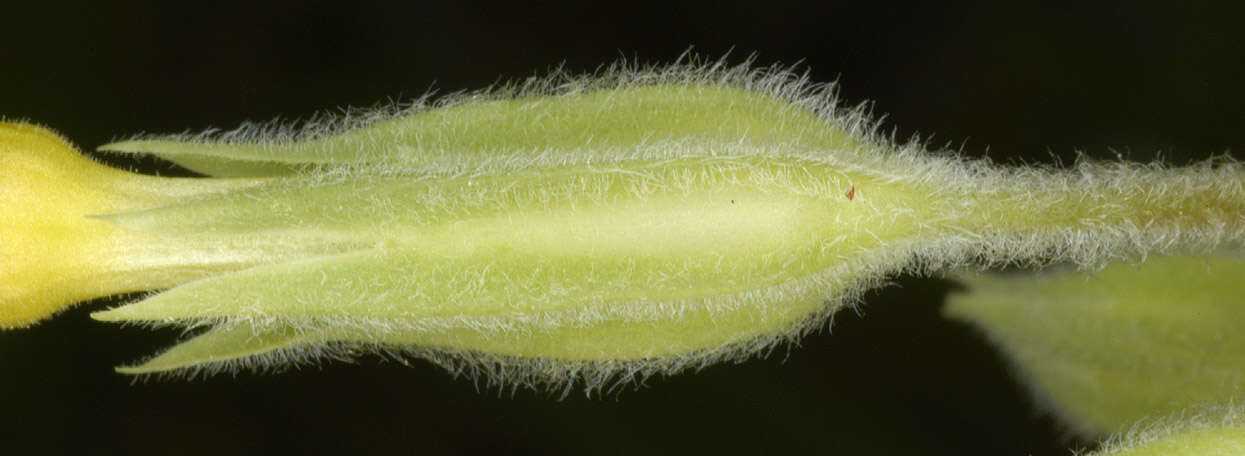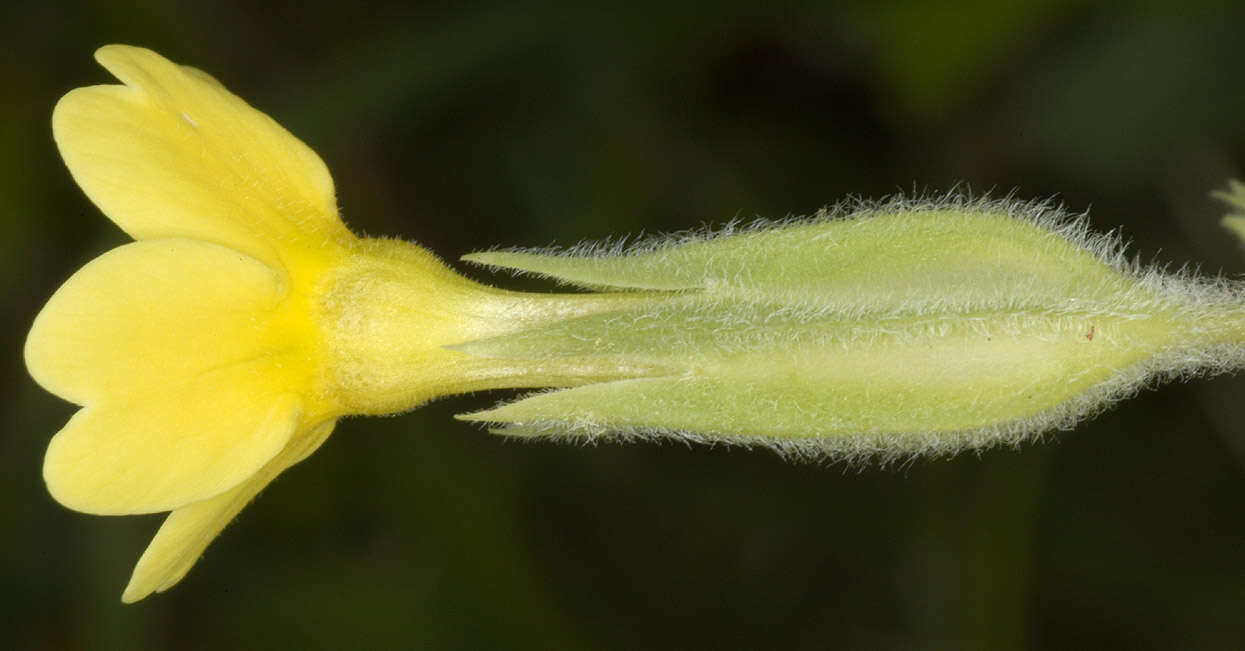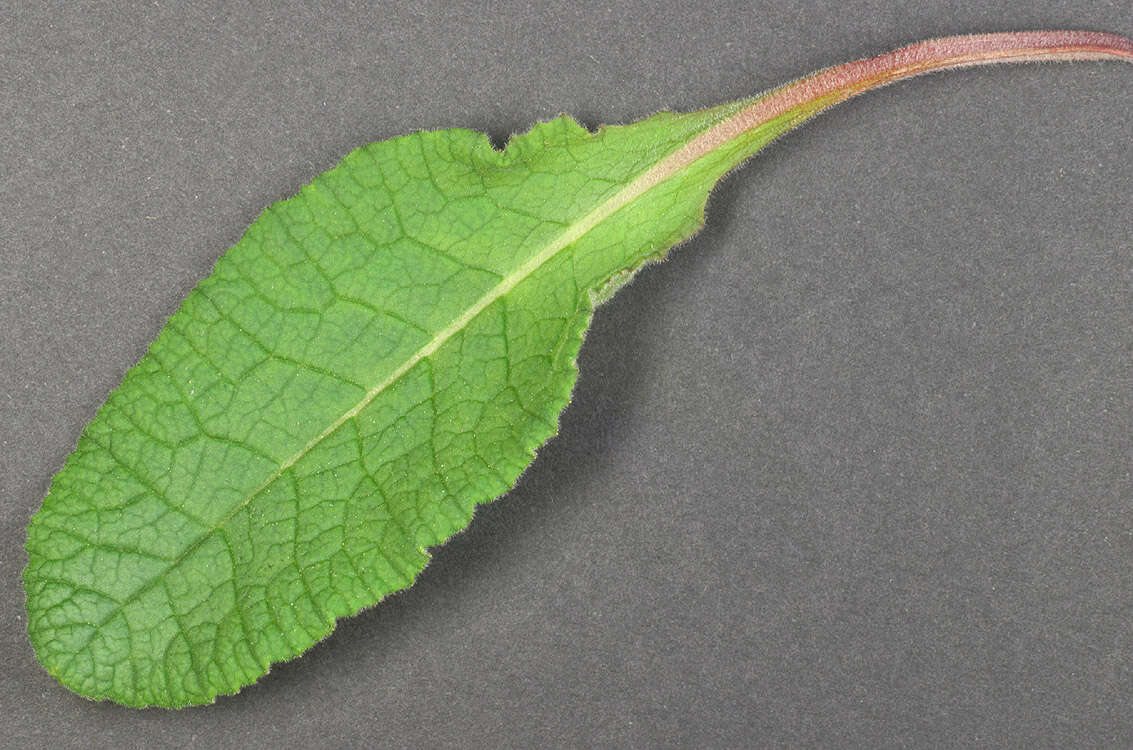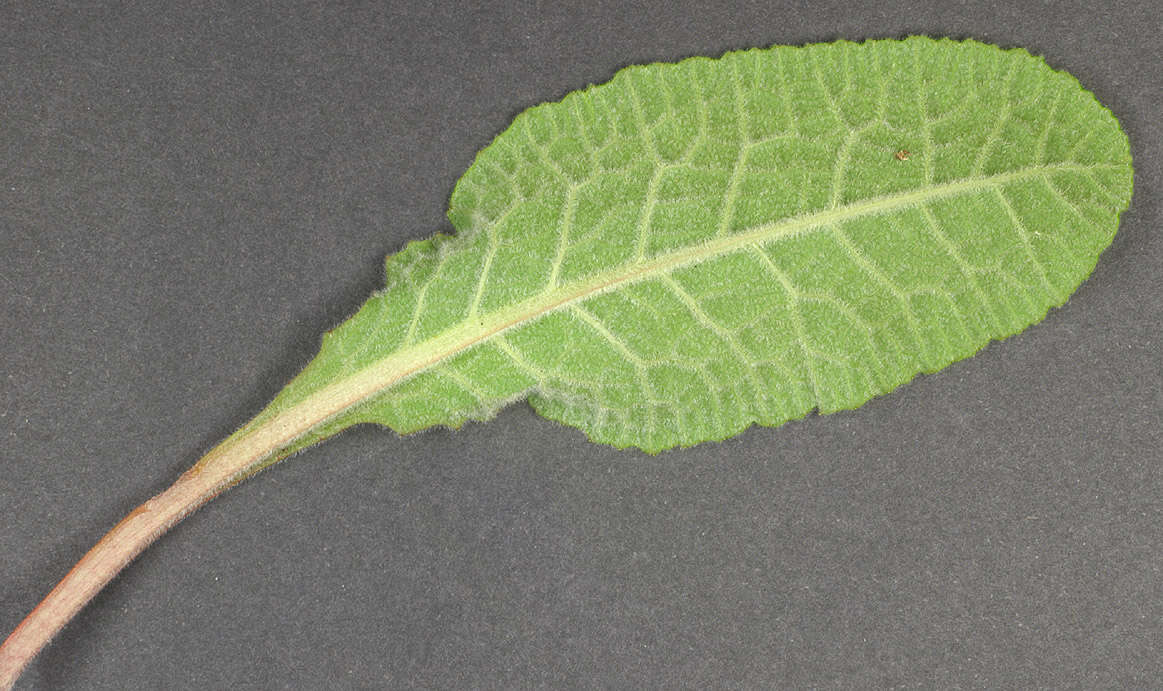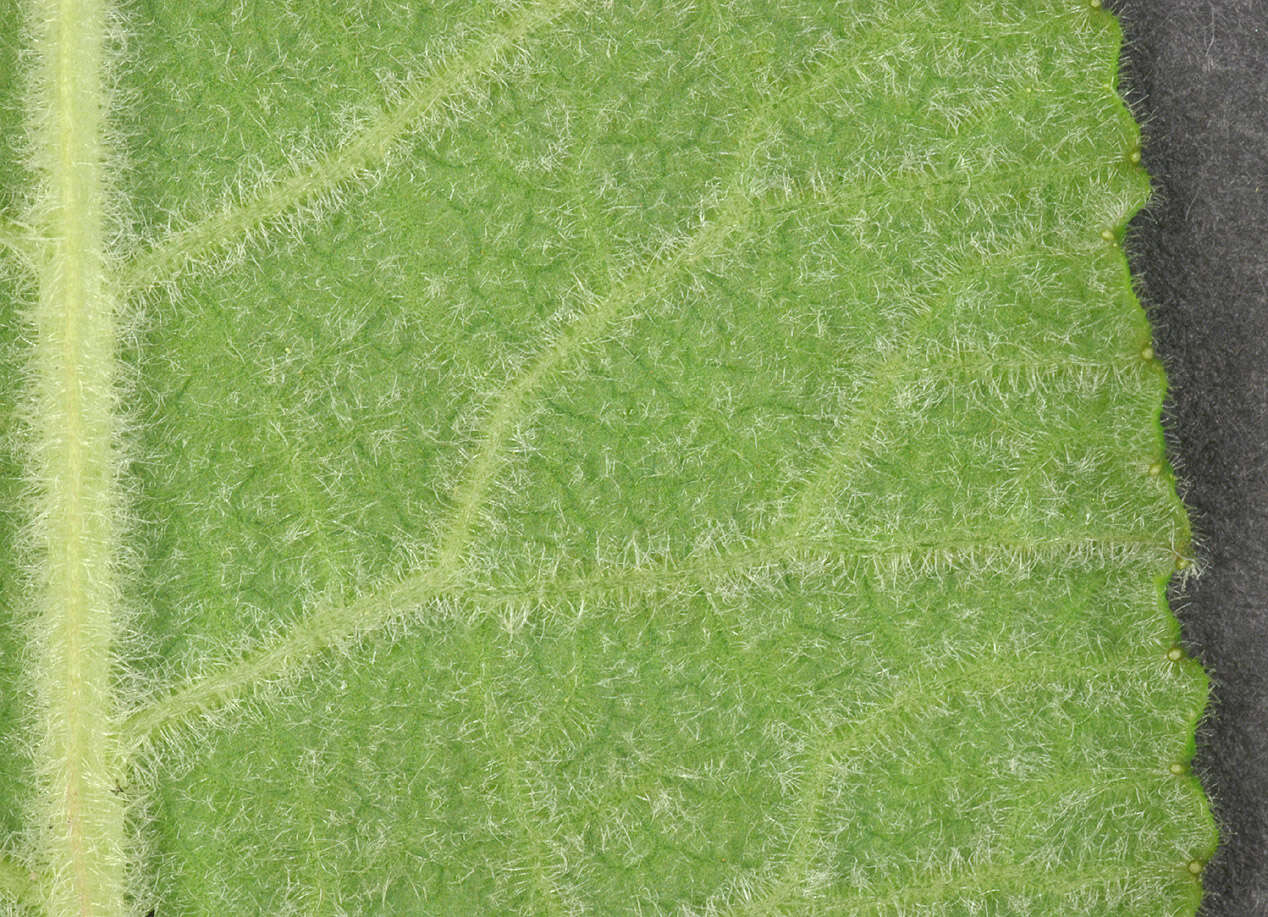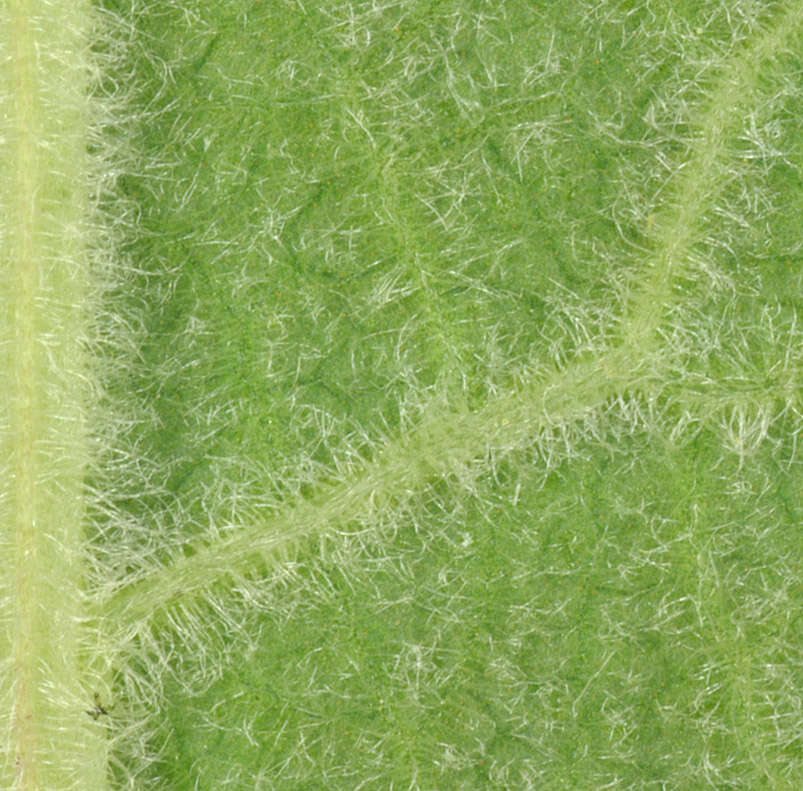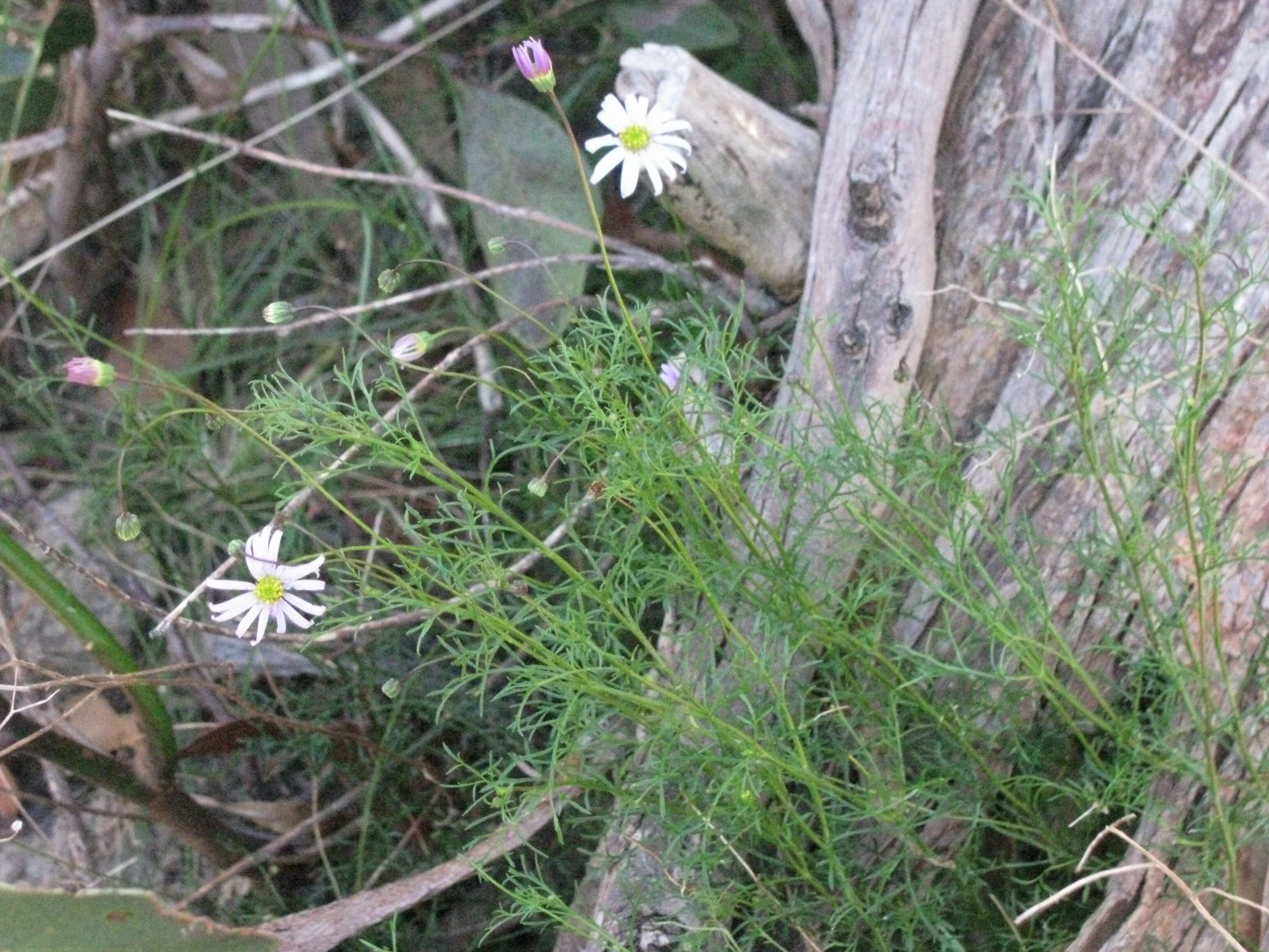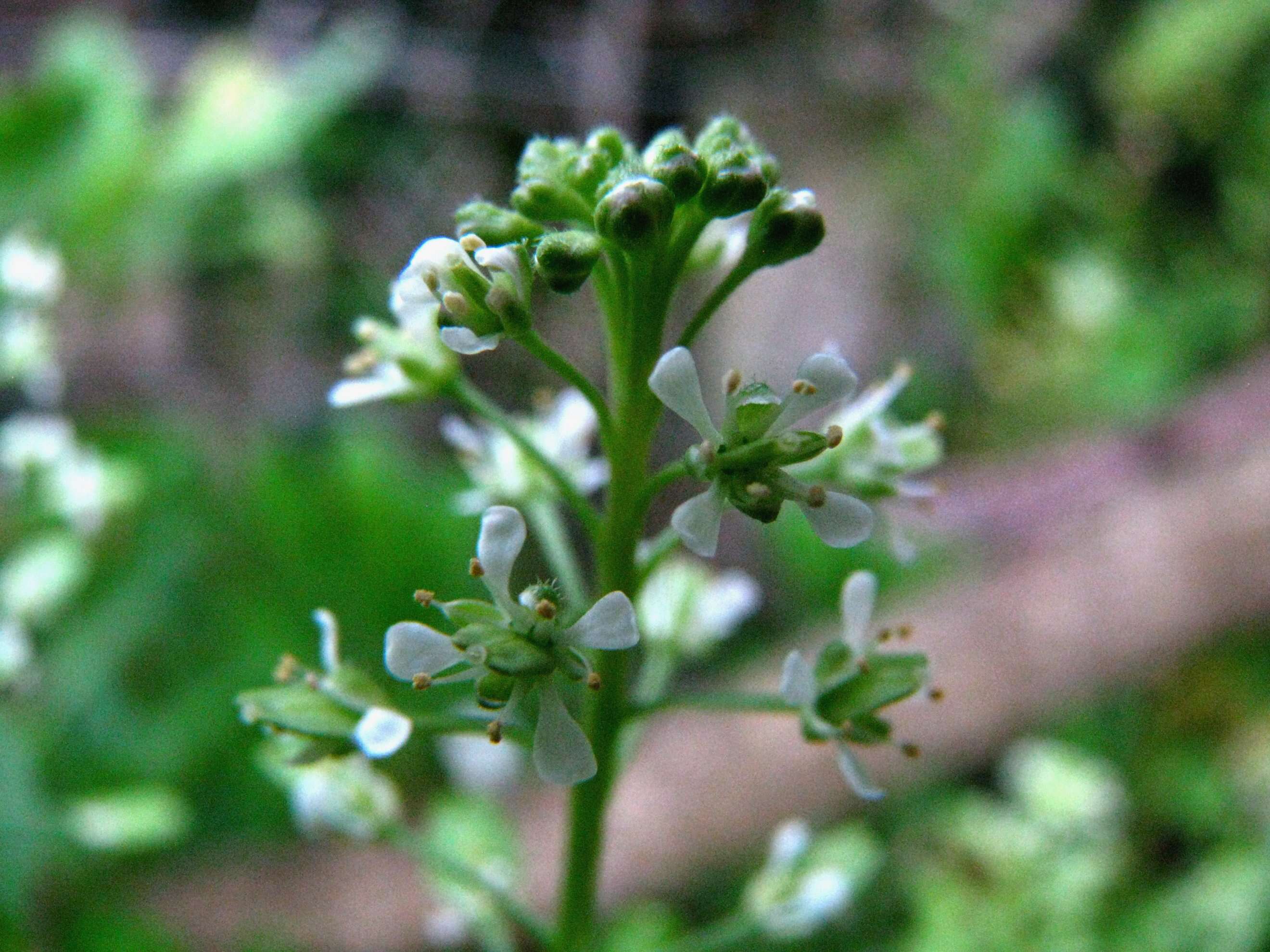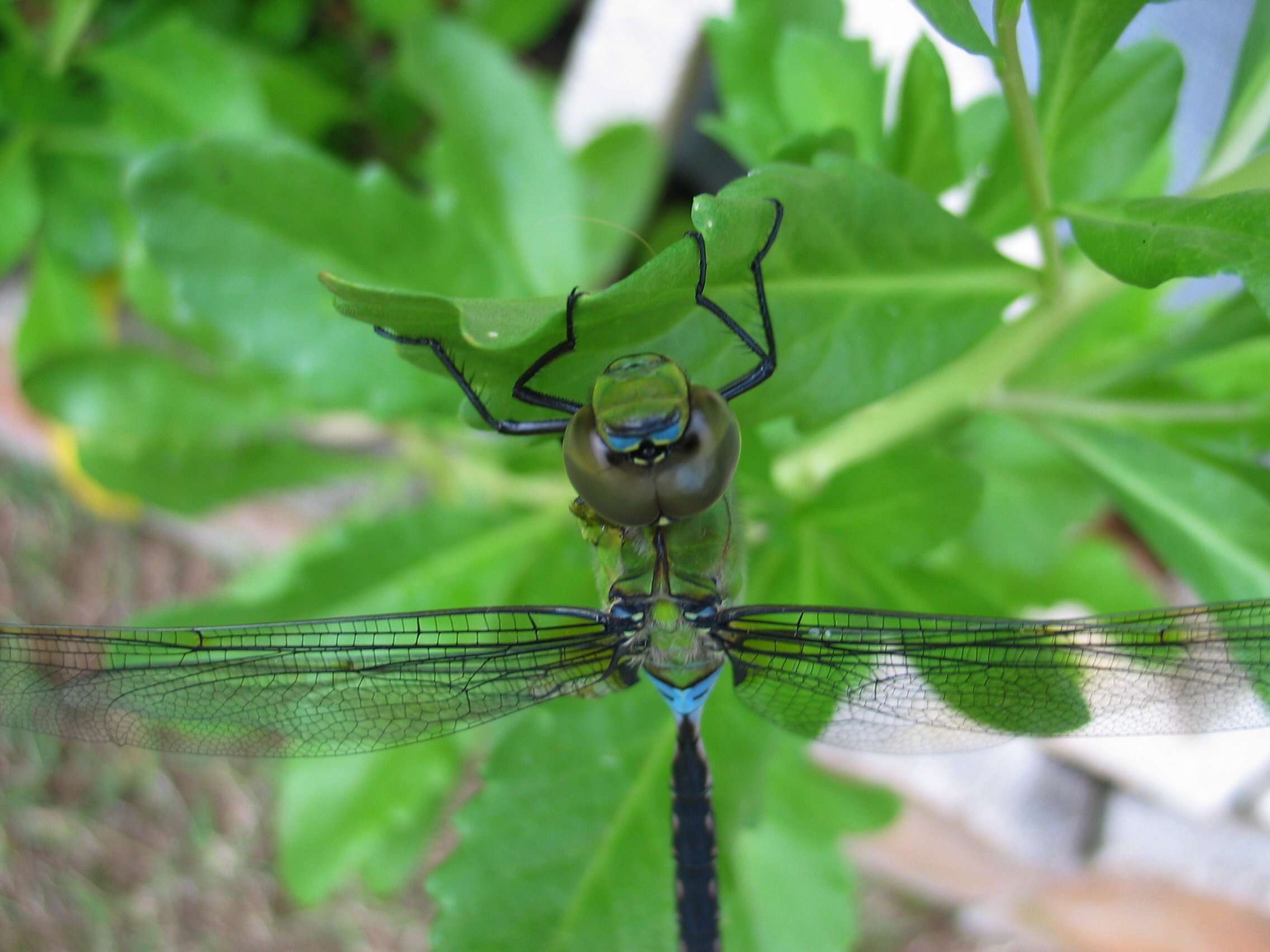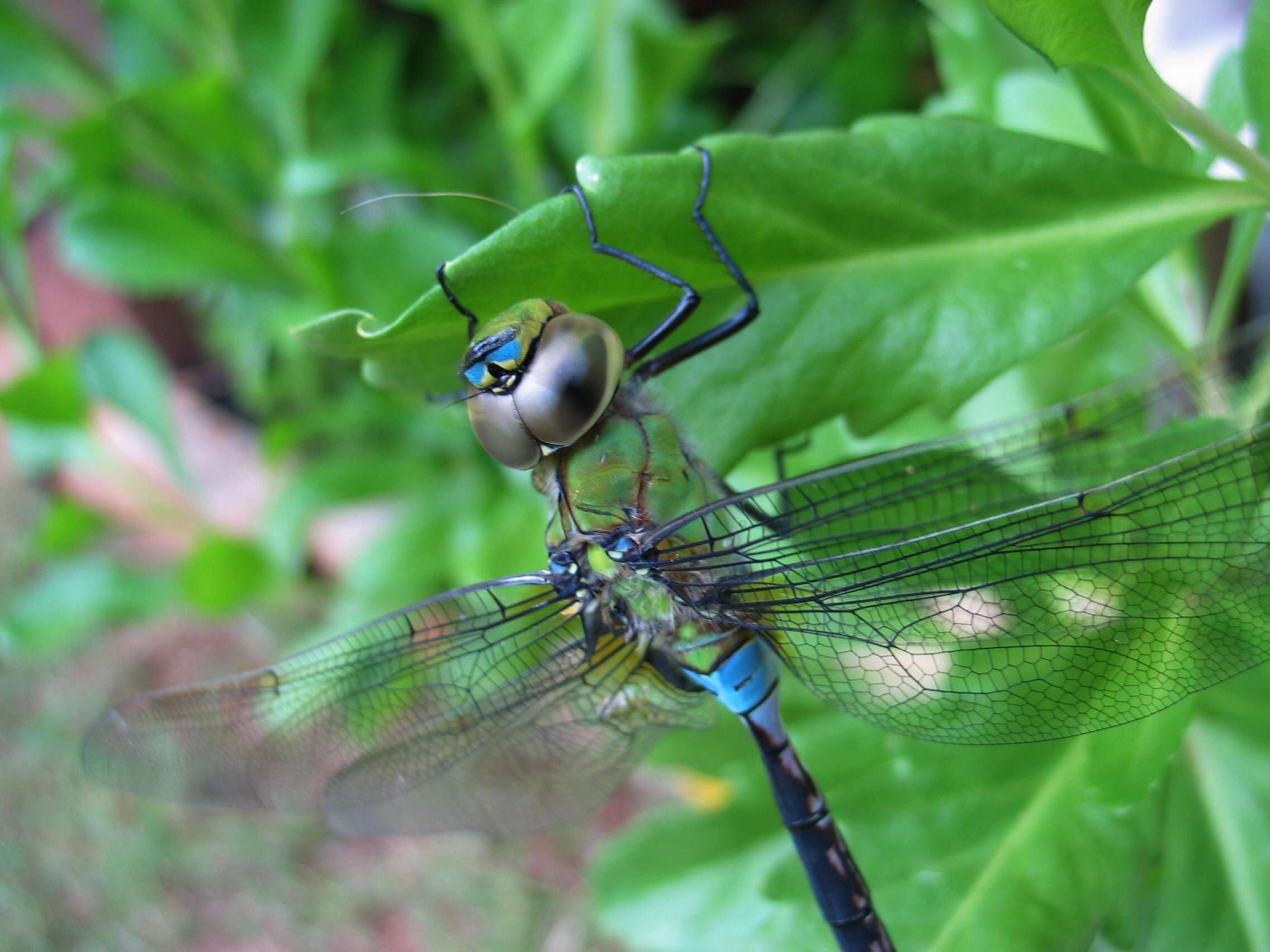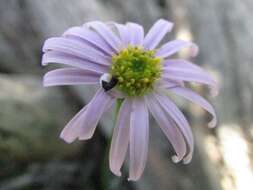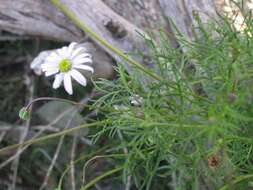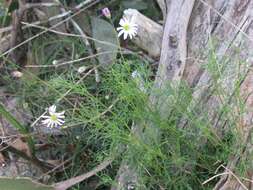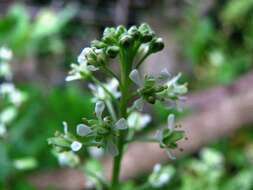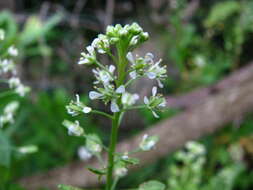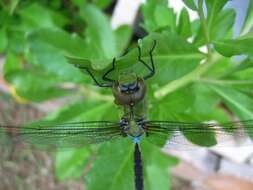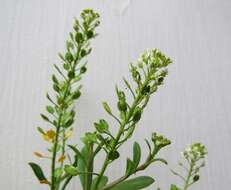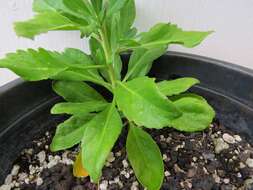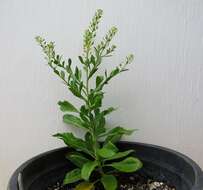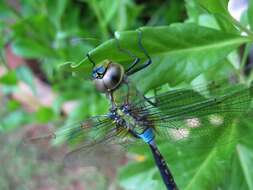-
Longitude (deg): -0.8. Latitude (deg): 51.5. Longitude (deg/min): 0° 50' W. Latitude (deg/min): 51° 30' N. Vice county name: Bucks. Vice county no.: 24. Country: England. Identified by: Malcolm Storey. Category: standard photograph or close-up. Photographic equipment used: Nikon D100 dSLR with Tamron SP T90 AF Macro 1:1 lens.
-
Longitude (deg): -0.8. Latitude (deg): 51.5. Longitude (deg/min): 0° 50' W. Latitude (deg/min): 51° 30' N. Vice county name: Bucks. Vice county no.: 24. Country: England. Identified by: Malcolm Storey. Category: macro-photograph. Image scaling: enlarged. Photographic equipment used: Nikon D100 dSLR with Tamron SP T90 AF Macro 1:1 lens.
-
Longitude (deg): -0.8. Latitude (deg): 51.5. Longitude (deg/min): 0° 50' W. Latitude (deg/min): 51° 30' N. Vice county name: Bucks. Vice county no.: 24. Country: England. Identified by: Malcolm Storey. Category: macro-photograph. Image scaling: enlarged. Photographic equipment used: Nikon D100 dSLR with Tamron SP T90 AF Macro 1:1 lens.
-
Longitude (deg): -0.8. Latitude (deg): 51.5. Longitude (deg/min): 0° 50' W. Latitude (deg/min): 51° 30' N. Vice county name: Bucks. Vice county no.: 24. Country: England. Identified by: Malcolm Storey. Category: microscope photograph. Image scaling: magnified. Photographic equipment used: Nikon D100 dSLR with Tamron SP T90 AF Macro 1:1 lens.
-
Longitude (deg): -0.8. Latitude (deg): 51.5. Longitude (deg/min): 0° 50' W. Latitude (deg/min): 51° 30' N. Vice county name: Bucks. Vice county no.: 24. Country: England. Identified by: Malcolm Storey. Category: microscope photograph. Image scaling: magnified. Photographic equipment used: Nikon D100 dSLR with Tamron SP T90 AF Macro 1:1 lens.
-
Longitude (deg): -0.8. Latitude (deg): 51.5. Longitude (deg/min): 0° 50' W. Latitude (deg/min): 51° 30' N. Vice county name: Bucks. Vice county no.: 24. Country: England. Identified by: Malcolm Storey. Category: macro-photograph. Image scaling: enlarged. Photographic equipment used: Nikon D100 dSLR with Tamron SP T90 AF Macro 1:1 lens.
-
Longitude (deg): -0.8. Latitude (deg): 51.5. Longitude (deg/min): 0° 50' W. Latitude (deg/min): 51° 30' N. Vice county name: Bucks. Vice county no.: 24. Country: England. Identified by: Malcolm Storey. Category: macro-photograph. Image scaling: enlarged. Photographic equipment used: Nikon D100 dSLR with Tamron SP T90 AF Macro 1:1 lens.
-
Longitude (deg): -0.8. Latitude (deg): 51.5. Longitude (deg/min): 0° 50' W. Latitude (deg/min): 51° 30' N. Vice county name: Bucks. Vice county no.: 24. Country: England. Identified by: Malcolm Storey. Category: macro-photograph. Image scaling: enlarged. Photographic equipment used: Nikon D100 dSLR with Tamron SP T90 AF Macro 1:1 lens.
-
Longitude (deg): -0.8. Latitude (deg): 51.5. Longitude (deg/min): 0° 50' W. Latitude (deg/min): 51° 30' N. Vice county name: Bucks. Vice county no.: 24. Country: England. Identified by: Malcolm Storey. Category: standard photograph or close-up. Photographic equipment used: Nikon D100 dSLR with Tamron SP T90 AF Macro 1:1 lens.
-
Longitude (deg): -0.8. Latitude (deg): 51.5. Longitude (deg/min): 0° 50' W. Latitude (deg/min): 51° 30' N. Vice county name: Bucks. Vice county no.: 24. Country: England. Identified by: Malcolm Storey. Category: standard photograph or close-up. Photographic equipment used: Nikon D100 dSLR with Tamron SP T90 AF Macro 1:1 lens.
-
Longitude (deg): -0.8. Latitude (deg): 51.5. Longitude (deg/min): 0° 50' W. Latitude (deg/min): 51° 30' N. Vice county name: Bucks. Vice county no.: 24. Country: England. Identified by: Malcolm Storey. Category: microscope photograph. Image scaling: magnified. Photographic equipment used: Nikon D100 dSLR with Tamron SP T90 AF Macro 1:1 lens.
-
Longitude (deg): -0.8. Latitude (deg): 51.5. Longitude (deg/min): 0° 50' W. Latitude (deg/min): 51° 30' N. Vice county name: Bucks. Vice county no.: 24. Country: England. Identified by: Malcolm Storey. Category: microscope photograph. Image scaling: magnified. Photographic equipment used: Nikon D100 dSLR with Tamron SP T90 AF Macro 1:1 lens.
-
Native to the central latitudes of Africa. A weed west of Dodoma, Tanzania.
-
Nevada, United States
-
Ingliston, Victoria, Australia
-
Ingliston, Victoria, Australia
-
Ingliston, Victoria, Australia
-
naunau, Knn pepperwortBrassicaceae (Mustard family)Variety is endemic to the Hawaiian IslandsStatus: VulerableOahu (Cultivated)Etymology The generic name Lepidium is derived from the Greek lepis, scale, in reference to the small, flat, scale-like fruit.The specific epithet bidentatum is from the Latin bidentatus, double toothed, in reference to the serrated or toothed leaves.The plant was used medicinally by early Hawaiians. Leaves are eaten raw or cooked and used as for medicinal purposes in other parts of Polynesia.The edible leaves have a peppery smell and flavor to them and can be added to spice up green salads.
nativeplants.hawaii.edu/plant/view/Lepidium_bidentatum_o-...
-
naunau, Knn pepperwortBrassicaceae (Mustard family)Variety is endemic to the Hawaiian IslandsStatus: VulerableOahu (Cultivated)Etymology The generic name Lepidium is derived from the Greek lepis, scale, in reference to the small, flat, scale-like fruit.The specific epithet bidentatum is from the Latin bidentatus, double toothed, in reference to the serrated or toothed leaves.The plant was used medicinally by early Hawaiians. Leaves are eaten raw or cooked and used as for medicinal purposes in other parts of Polynesia.The edible leaves have a peppery smell and flavor to them and can be added to spice up green salads.
nativeplants.hawaii.edu/plant/view/Lepidium_bidentatum_o-...
-
-
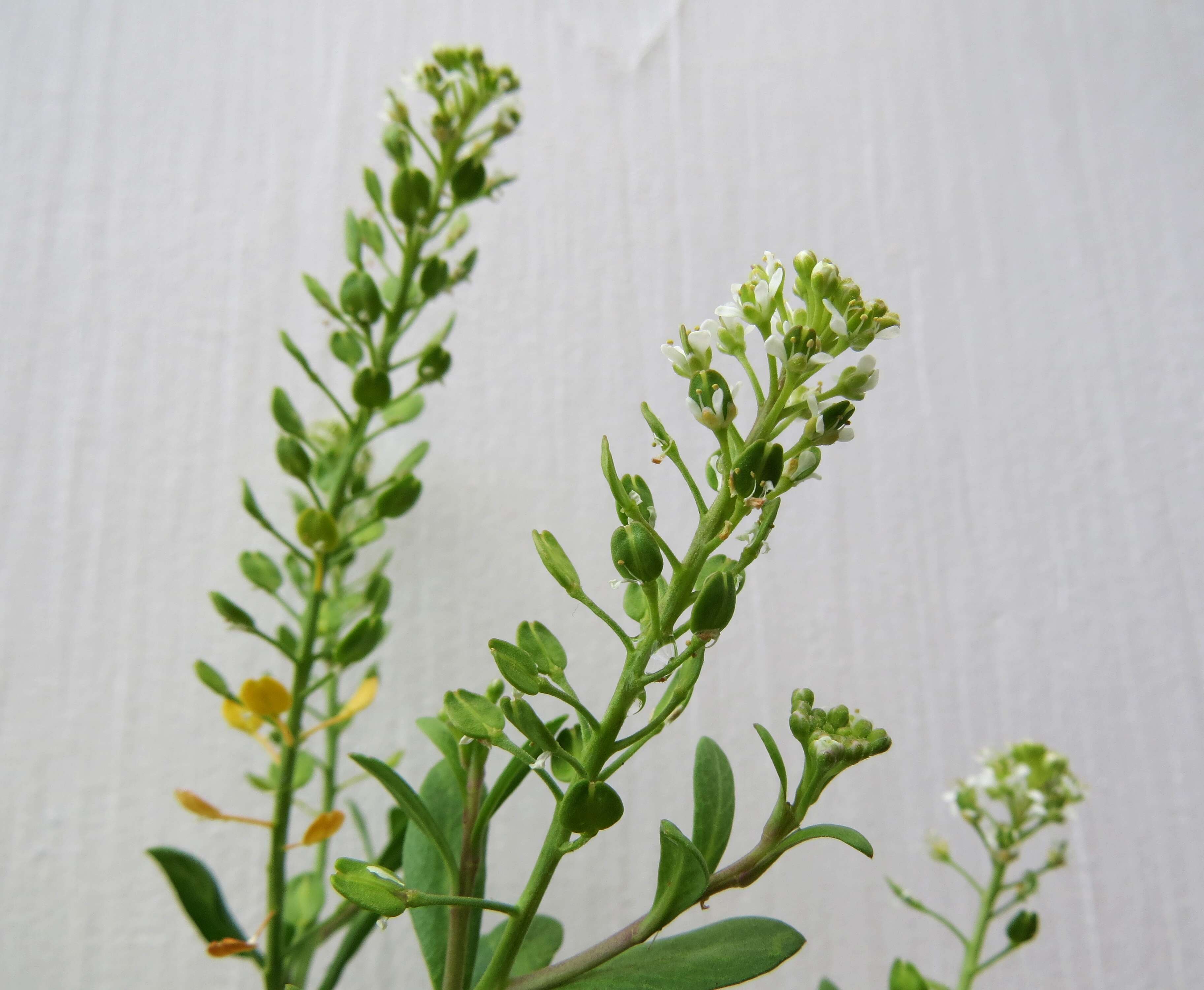
naunau, Knn pepperwortBrassicaceae (Mustard family)Variety is endemic to the Hawaiian Islands (all the Main Islands, except Niihau and Kahoolawe. In the Northwest Islands it is found on Kure Atoll (Knemilohai) and Pearl & Hermes Atoll (Holoikauaua), but now extinct on Midway (Pihemanu) and Laysan (Kau).Status: VulnerableOahu (Cultivated)Leaves
www.flickr.com/photos/dweickhoff/17207875825/in/datetaken...Habit
www.flickr.com/photos/dweickhoff/17020356470/in/datetaken...The plant was used medicinally by early Hawaiians. Leaves are eaten raw or cooked and used as for medicinal purposes in other parts of Polynesia.The edible leaves have a peppery smell and flavor to them and can be added to spice up green salads. Etymology The generic name Lepidium is derived from the Greek lepis, scale, in reference to the small, flat, scale-like fruit.The specific epithet bidentatum is from the Latin bidentatus, double toothed, in reference to the serrated or toothed leaves.The specific epithet o-wahaiense has reference to an old spelling version of O-Waihi for Hawaii.Interestingly, author William Bright notes this regarding Owyhee County (Idaho): "From Chinook Jargon [owihi] 'Sandwich Islands, Hawaii, borrowed either from English or from the Hawaiian form Hawaii, at a time in the early nineteenth century when a number of Hawaiians had settled in the Pacific Northwest (D. Kinkade p.c.) The placename Owyhee also occurs in Ore. (Malheur Co.)."
nativeplants.hawaii.edu/plant/view/Lepidium_bidentatum_o-...
-
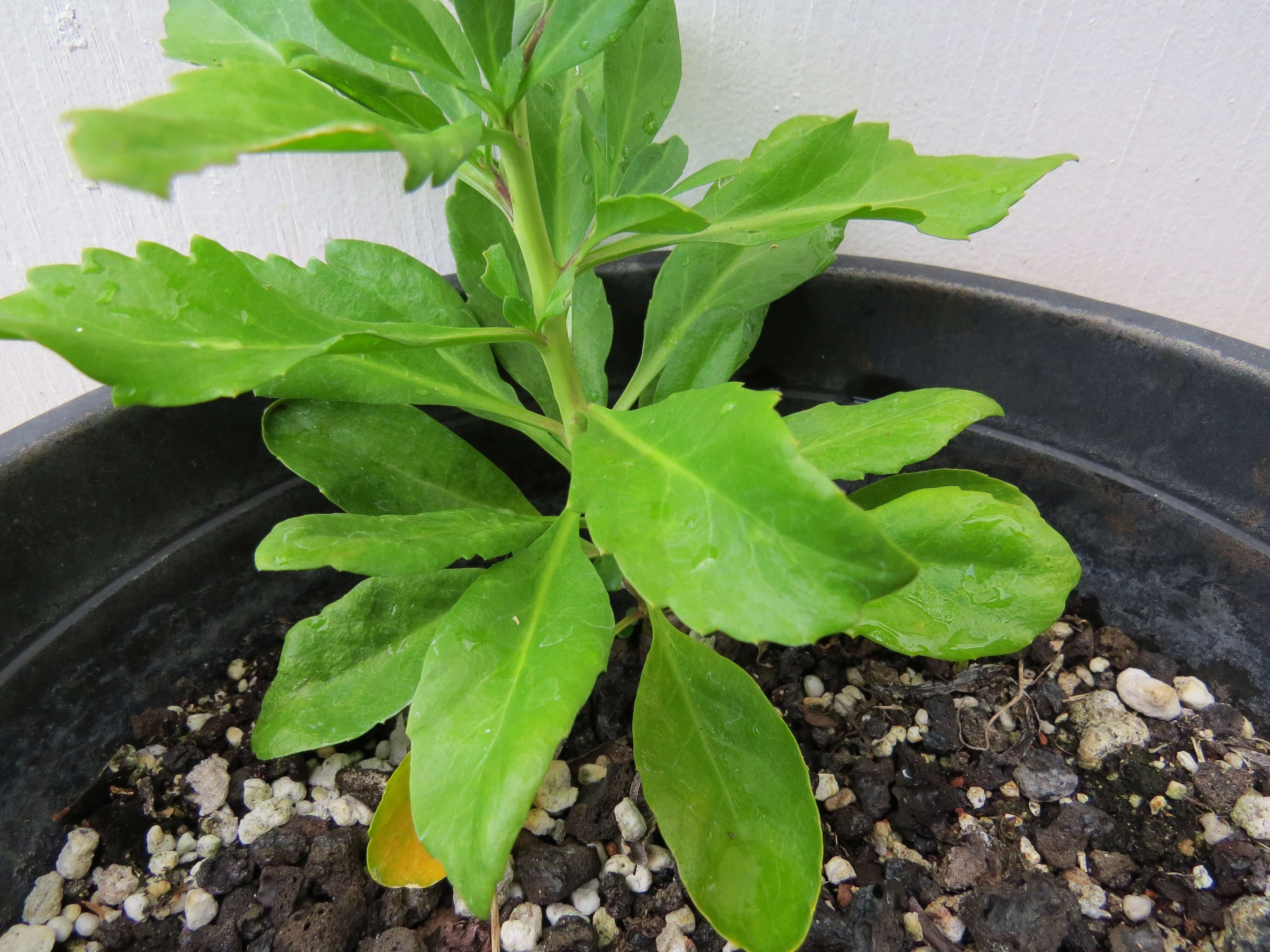
naunau, Knn pepperwortBrassicaceae (Mustard family)Variety is endemic to the Hawaiian Islands (all the Main Islands, except Niihau and Kahoolawe. In the Northwest Islands it is found on Kure Atoll (Knemilohai) and Pearl & Hermes Atoll (Holoikauaua), but now extinct on Midway (Pihemanu) and Laysan (Kau).Status: VulnerableOahu (Cultivated)Flowers
www.flickr.com/photos/dweickhoff/17020123838/in/datetaken...Habit
www.flickr.com/photos/dweickhoff/17020356470/in/datetaken...The plant was used medicinally by early Hawaiians. Leaves are eaten raw or cooked and used as for medicinal purposes in other parts of Polynesia.The edible leaves have a peppery smell and flavor to them and can be added to spice up green salads. Etymology The generic name Lepidium is derived from the Greek lepis, scale, in reference to the small, flat, scale-like fruit.The specific epithet bidentatum is from the Latin bidentatus, double toothed, in reference to the serrated or toothed leaves.The specific epithet o-wahaiense has reference to an old spelling version of O-Waihi for Hawaii.Interestingly, author William Bright notes this regarding Owyhee County (Idaho): "From Chinook Jargon [owihi] 'Sandwich Islands, Hawaii, borrowed either from English or from the Hawaiian form Hawaii, at a time in the early nineteenth century when a number of Hawaiians had settled in the Pacific Northwest (D. Kinkade p.c.) The placename Owyhee also occurs in Ore. (Malheur Co.)."
nativeplants.hawaii.edu/plant/view/Lepidium_bidentatum_o-...
-
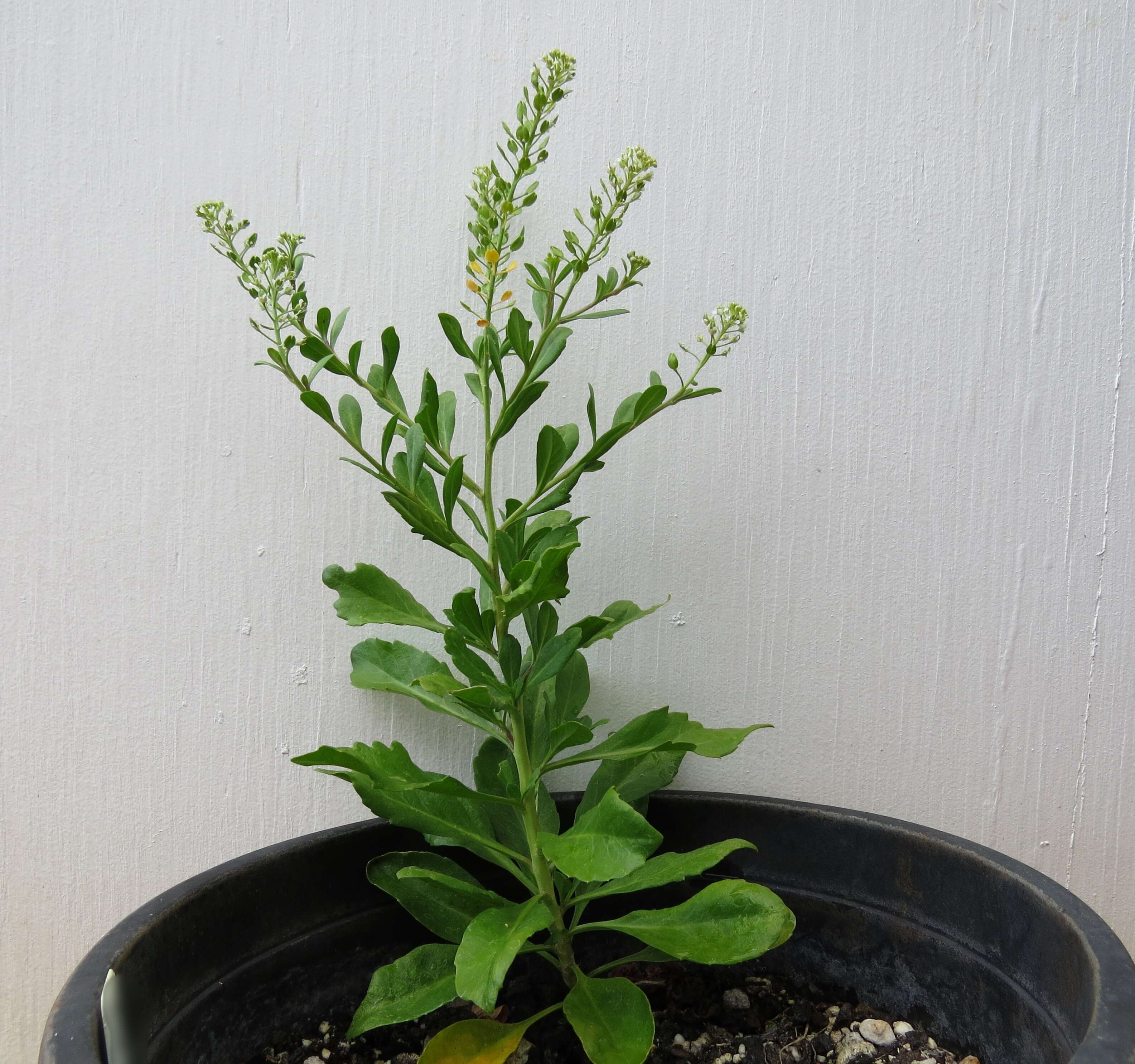
naunau, Knn pepperwortBrassicaceae (Mustard family)Variety is endemic to the Hawaiian Islands (all the Main Islands, except Niihau and Kahoolawe. In the Northwest Islands it is found on Kure Atoll (Knemilohai) and Pearl & Hermes Atoll (Holoikauaua), but now extinct on Midway (Pihemanu) and Laysan (Kau).Status: VulnerableOahu (Cultivated)Flowers
www.flickr.com/photos/dweickhoff/17020123838/in/datetaken...Leaves
www.flickr.com/photos/dweickhoff/17207875825/in/datetaken...The plant was used medicinally by early Hawaiians. Leaves are eaten raw or cooked and used as for medicinal purposes in other parts of Polynesia.The edible leaves have a peppery smell and flavor to them and can be added to spice up green salads. Etymology The generic name Lepidium is derived from the Greek lepis, scale, in reference to the small, flat, scale-like fruit.The specific epithet bidentatum is from the Latin bidentatus, double toothed, in reference to the serrated or toothed leaves.The specific epithet o-wahaiense has reference to an old spelling version of O-Waihi for Hawaii.Interestingly, author William Bright notes this regarding Owyhee County (Idaho): "From Chinook Jargon [owihi] 'Sandwich Islands, Hawaii, borrowed either from English or from the Hawaiian form Hawaii, at a time in the early nineteenth century when a number of Hawaiians had settled in the Pacific Northwest (D. Kinkade p.c.) The placename Owyhee also occurs in Ore. (Malheur Co.)."
nativeplants.hawaii.edu/plant/view/Lepidium_bidentatum_o-...
-


